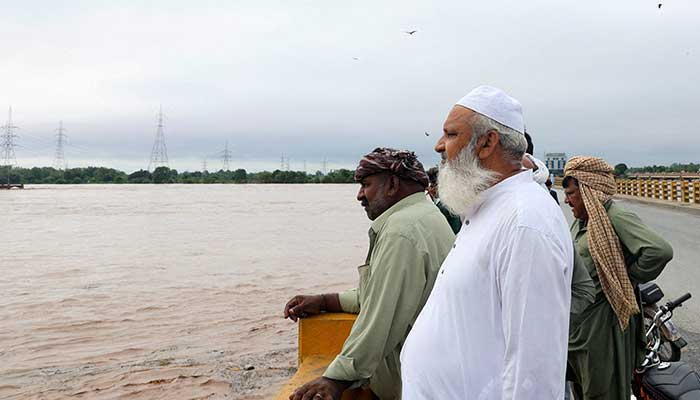Damming Rhetoric, Not Rivers: Rethinking Flood Solutions in Pakistan
September 16, 2025
The recent floods in Punjab have reignited a familiar debate — should Pakistan build more dams to control rivers? While this argument often resurfaces in times of crisis, experts believe it oversimplifies the real issues at hand. The truth is that unchecked land grabs, weak regulations, and poorly planned settlements along natural river routes have made the province far more vulnerable to flooding.
Lessons Ignored From Past Floods
Pakistan has faced devastating floods in 2010, 2022, and now 2025. Each time, the cycle repeats: temporary relief efforts, endless reports, and renewed political debates — but no long-term action. Despite warnings, human encroachments continue to block natural water routes, while outdated infrastructure struggles against climate-driven rainfall patterns.
Author Nassim Nicholas Taleb’s concept of “Black Swan events” — rare, unpredictable, but high-impact — applies here. Pakistan’s floods, though devastating, are not fully unpredictable. Rivers that dry up eventually return, and hill torrents always reclaim their paths. Yet governance failures mean the same mistakes are repeated.
Why Dams Alone Won’t Work
Calls for large dams dominate the national conversation, but the geography of the Chenab, Ravi, and Sutlej rivers does not support damming in Punjab’s plains. Moreover, with erratic rainfall, dam operations can become risky. Experts argue that while Pakistan needs more water storage, dams are not a silver bullet. They cannot solve issues like floodplain encroachment, poor drainage, or illegal settlements.
What Pakistan Needs Instead
To move forward, bold and practical solutions are required:
-
Restore Natural River Routes
Allow rivers to follow their historic paths. This not only reduces flood damage but also spreads nutrient-rich sediments that naturally fertilize soil. -
Map and Zone Floodplains
Use modern satellite mapping to identify high-risk “red zones.” Relocate families where necessary and strictly ban new construction in these areas. -
Remove Encroachments
After the 2010 floods, Sindh identified natural water routes but failed to clear all illegal settlements. Punjab now faces similar challenges. Strong political will is needed to act fairly but decisively. -
Build Small Dams and Levees
Instead of massive structures, smaller projects can help recharge groundwater and provide temporary flood barriers, especially with the support of solar-powered pumping systems. -
Improve Forecasting and Regional Cooperation
Install modern monitoring systems at key barrages and dams to provide real-time data. Transparent information-sharing with neighboring countries is crucial for managing transboundary rivers.
A Call for Long-Term Vision
The 2025 floods are a stark reminder that short-term fixes and political debates won’t protect Pakistan. What’s needed is a forward-looking strategy that balances water storage, land management, and climate resilience. Only then can communities be safeguarded from disasters that do not respect borders or politics.
👉 What do you think? Should Pakistan prioritize smaller, community-focused water projects over large dams?

